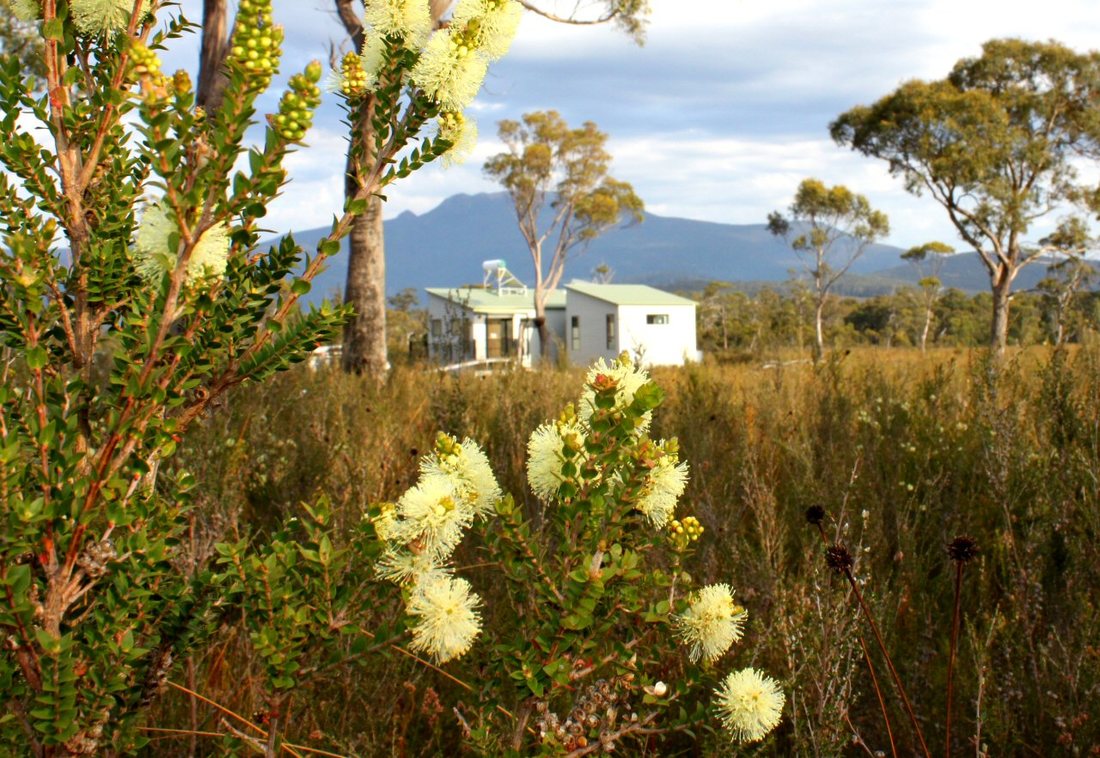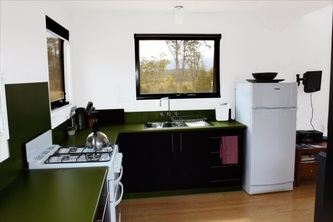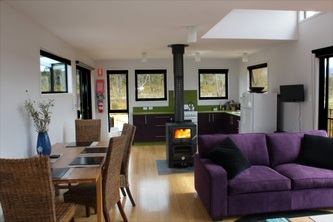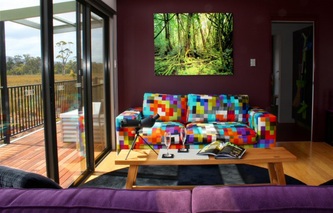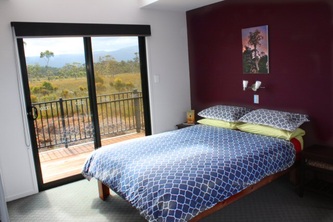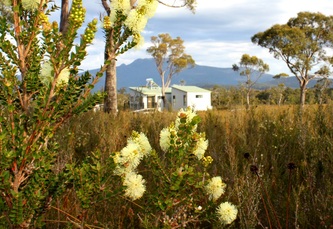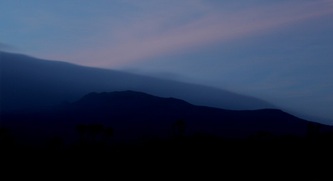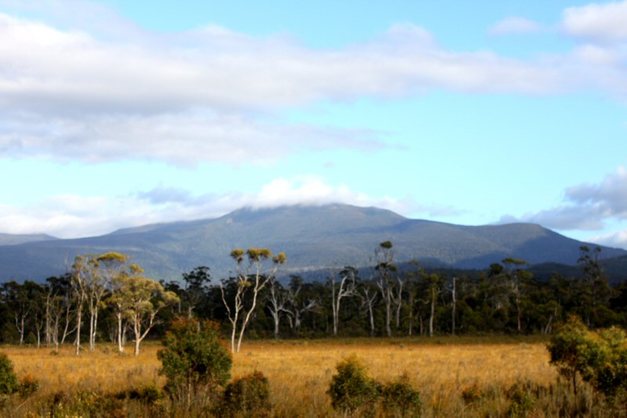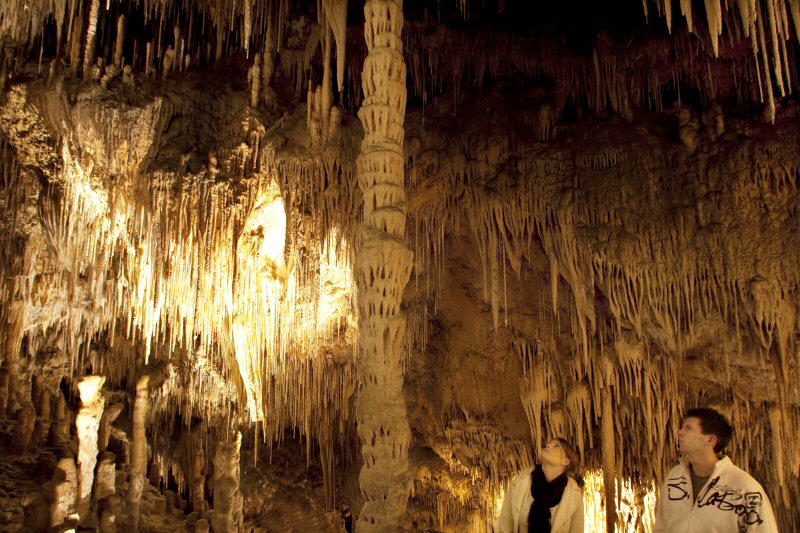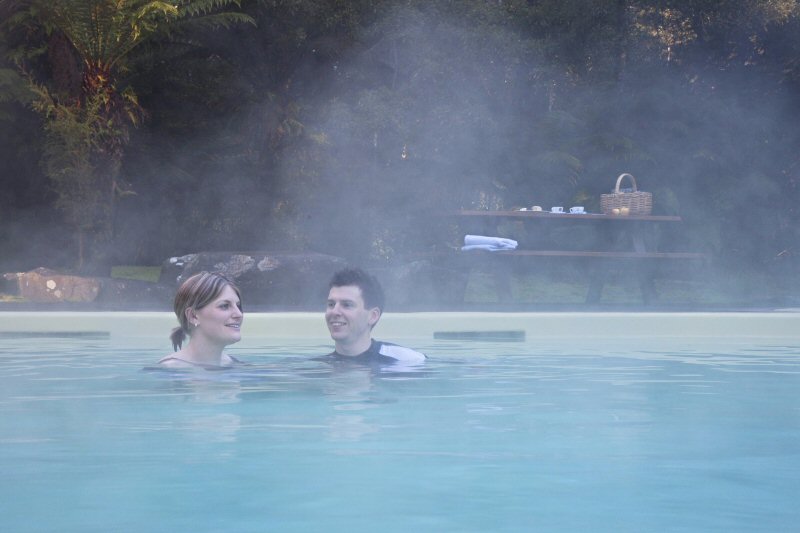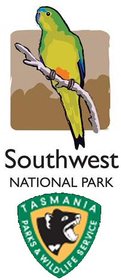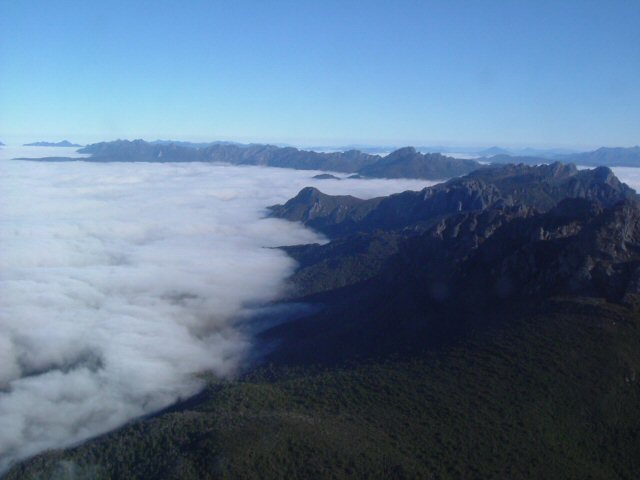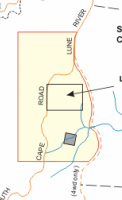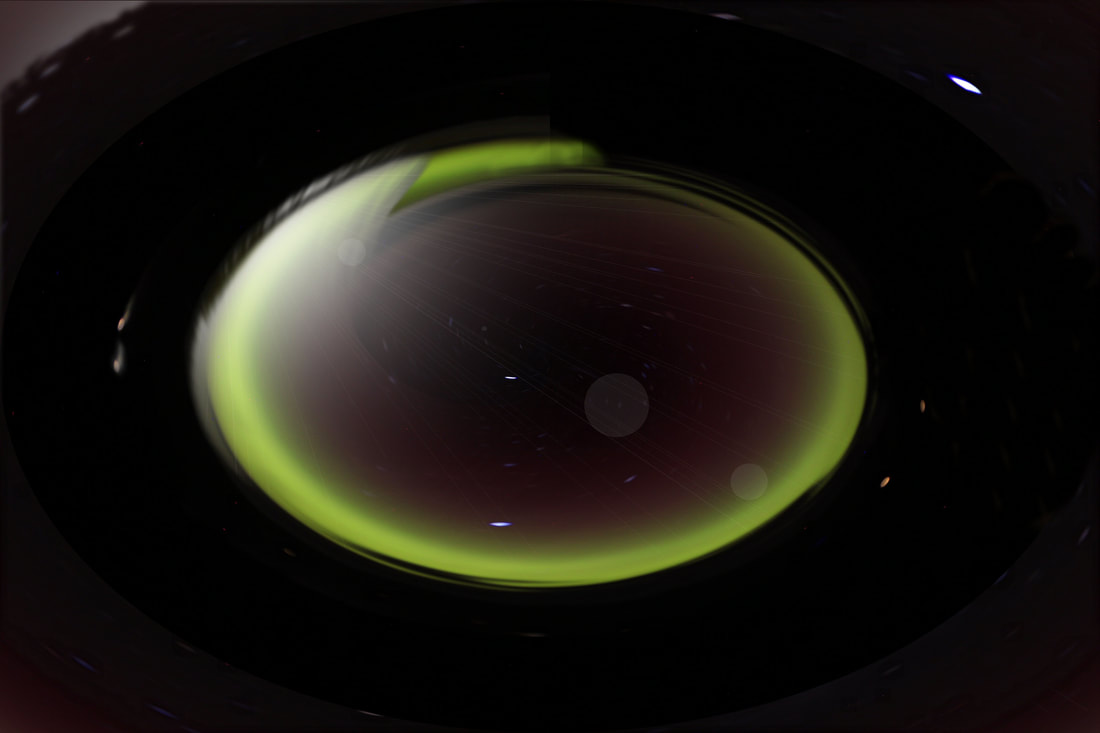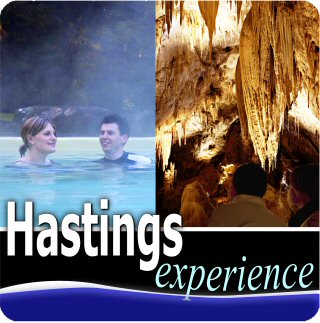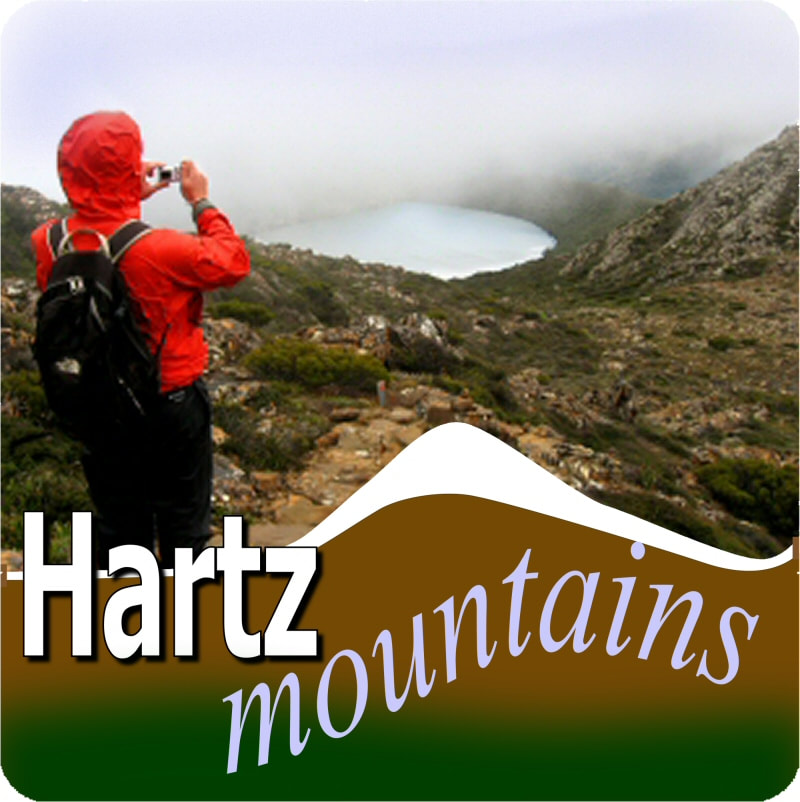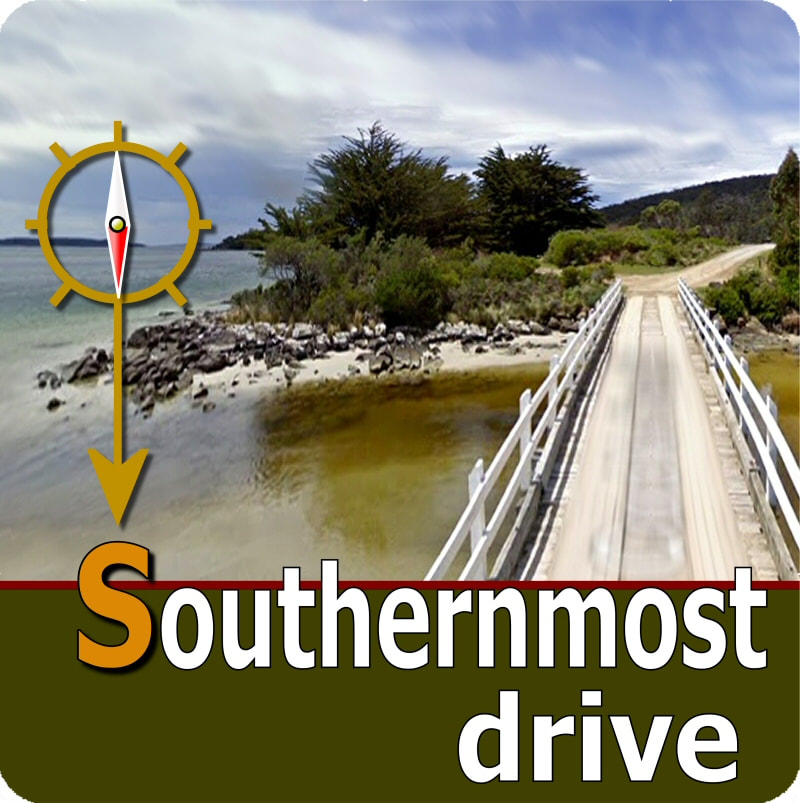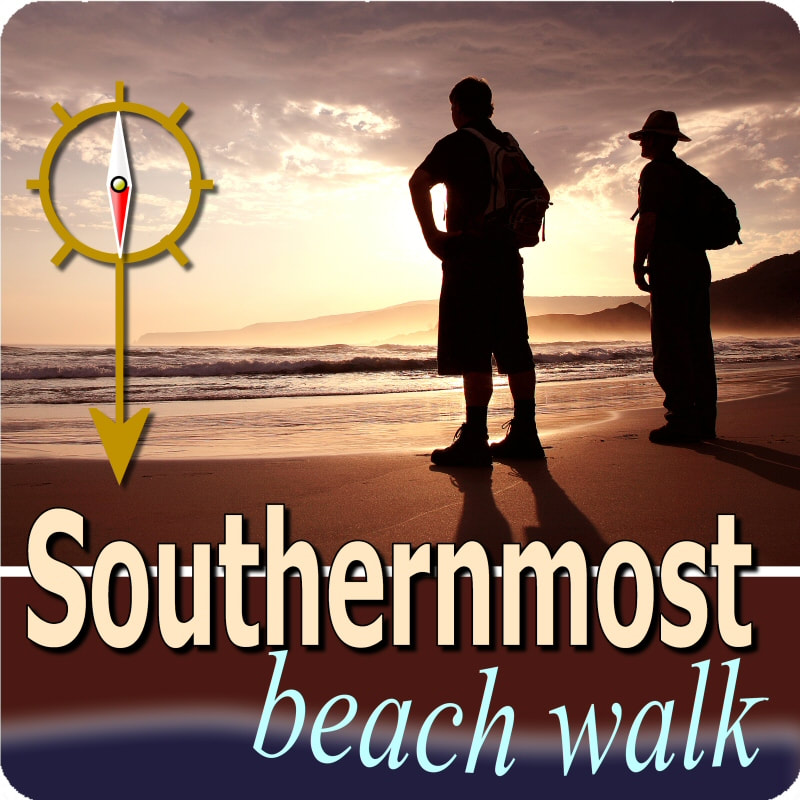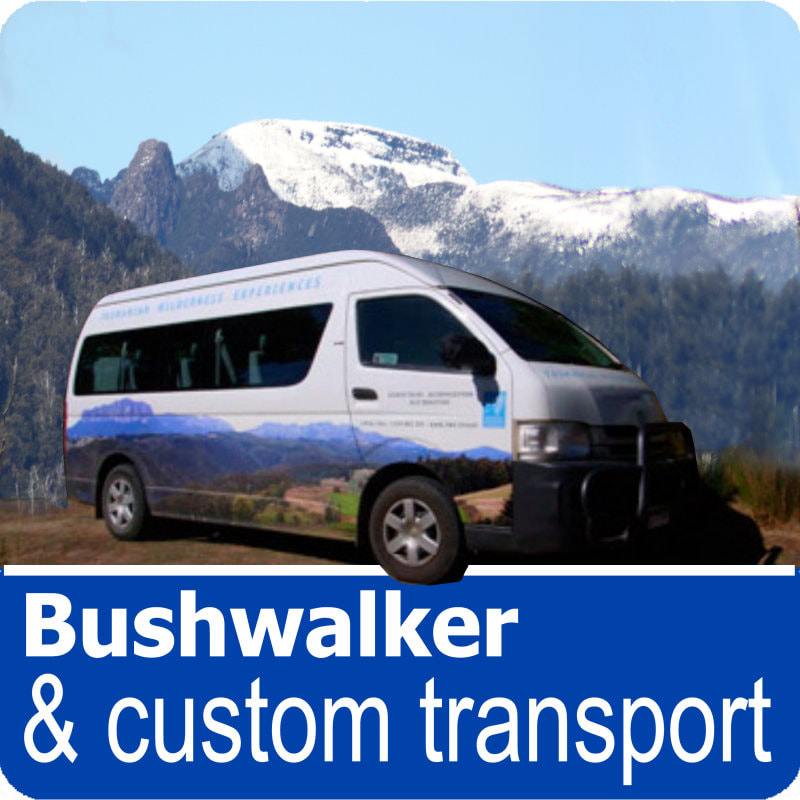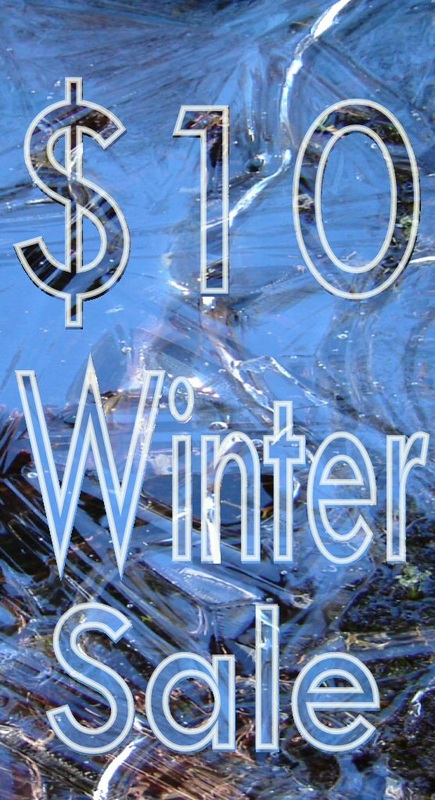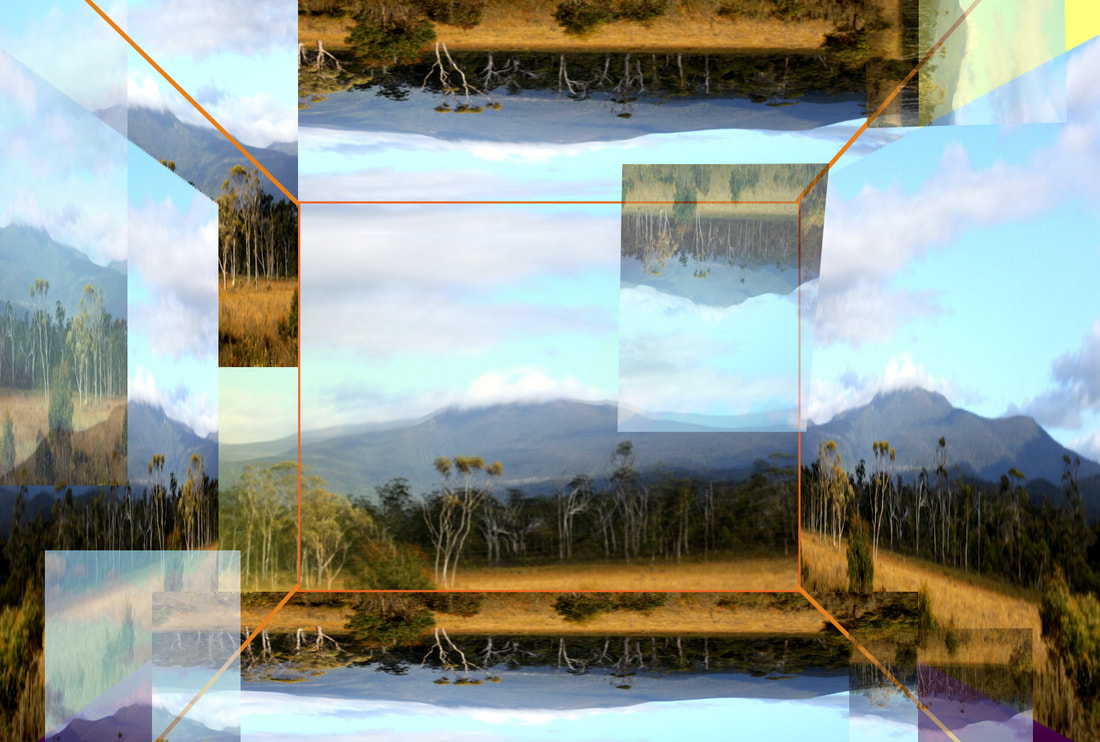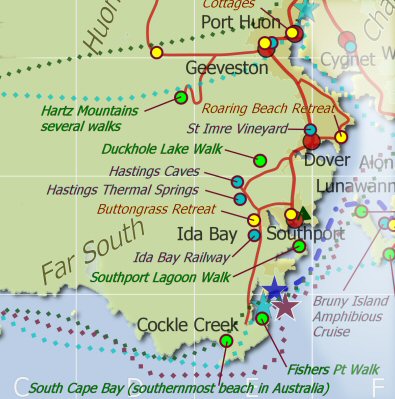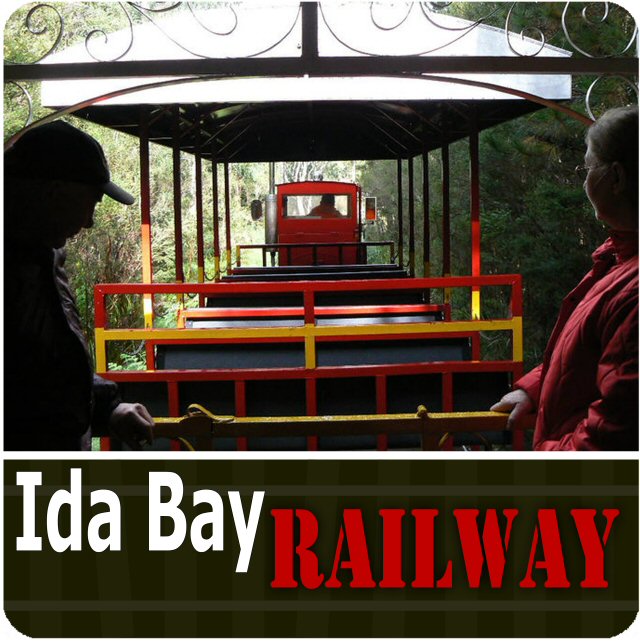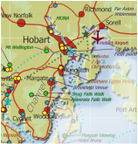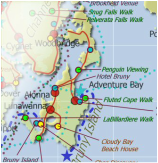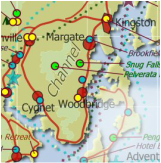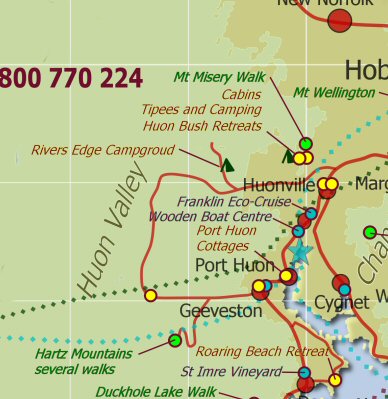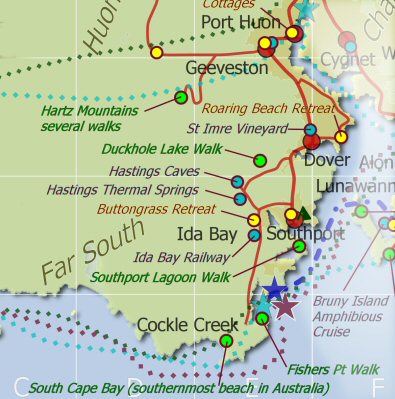Visitor Accommodation In Southern Tasmania
Holiday accommodation in Far South Tasmania, 1.5 hours south from Hobart, Australia. Buttongrass Retreat is a self contained, two bedroom nature retreat, ideal for couples or small groups. Bushwalks, historic railway, bird watching. Far South Tasmania is a land of waterways, wilderness and wildlife. This is your one stop shop to plan and book your Huon Valley and Bruny Island Escape.
From 9am to 7pm, phone: 0427 648465 Email anytime: [email protected]
From 9am to 7pm, phone: 0427 648465 Email anytime: [email protected]
Eco-Retreat in Far South TasmaniaIn the Far South of Tasmania, the forest parts to reveal a spectacular open buttongrass plain. Your modern two bedroom self-contained cabin is a comfortable eco-experience with 12 volt solar electricity and hot water, wood heating and is free from distractions like TV and in-room phones.
We offer exclusive occupancy; just one guest accommodation in a 20Ha private reserve. Comfort and wildlife make Buttongrass Retreat the perfect place to base for exploring the natural beauty of Tasmania's Far South. This special habitat is home to a unique range of flowers, birds and animals, a community found nowhere else. The view to the Southern Ranges is spectacular and sometimes snow capped. Important note: A place to retreat to nature. Buttongrass Retreat is a place to escape from the hassles of modern life for a few days. Get away from television, phones and 240 volt electricity and enjoy some peace and quiet. 12 volt solar electricity operates the lights and music. There is usually limited 240 volt electricity, enough to charge a mobile phone or camera but not sufficient to run a laptop computer for more than an hour a day. Full Rate Pricing(correct at Jan 2024)
Pricing varies according to season, number of people and length of stay. Full price: $350 single night including two adults Multi night discount $155 - $245 Extra adults: $50 per person, per night. Maximum six people in two queen beds and two singles. Discounts often available for multi night stays, off peak and midweek. Click the Book Online button and choose a date for prices for those specific nights.
Make the most of your visit to Tasmania: |
Hastings Caves and Thermal Springs near Southport |
A Guest Review of Buttongrass RetreatAndrew shares the story of his Huon Valley Escape to Buttongrass Retreat. For more of his Tasmanian travel stories, see Two Clowns Tripping.
|
Introduction to some National Parks and Conservation Areas in Far South Tasmania
Southwest National Park and Walks Information
|
The magnificent Southwest National Park encompasses over six hundred thousand hectares of wild, inspiring country and forms part of the Tasmanian Wilderness World Heritage Area. It epitomises the grandeur and spirit of wilderness in its truest sense. Much of the park is remote and far removed from the hustle and bustle of the modern world. For many, just the fact that such a place still exists brings solace. For others, the region offers the challenge to explore areas that retain the same wildness that once characterised new frontiers. For yet others, the area offers the chance to view magnificent scenery from the comfort of their car.
The park is accessible from Cockle Creek - the most southerly point able to be reached by road in Australia. If driving between dusk and dawn, please be aware that you are sharing the road with wildlife. In the far southwest, lies the spectacular Port Davey and Bathurst Harbour. Melaleuca is accessible only by light plane, or boat. The airstrip is close to walkers huts, and is the usual starting point for walkers on the South Coast Track. |
South Coast Walking Track
|
From Cockle Creek, the magnificent south coast is able to be reached along a walking track. From the coast, the South Coast Track continues 85km to Melaleuca, along some of the wildest coastline in Australia.
There are no roads to Melaleuca, so walkers must either fly, sail or walk in and out. Most people take about 6 to 8 days to complete the South Coast Track, depending upon time spent enjoying the beaches. Walkers should note that the track surface may be rough and muddy over extended sections. Cockle Creek is about 2 hours drive south from Hobart. It is reached via the Huon Highway (A6) through Geeveston. Take the C635 past the Hastings Caves turn off then follow the C636 gravel road through Lune River to Cockle Creek. Read more on the Parks and Wildlife Website... |
Lune River Gemstone Fossicking
What is the Mona "Green Lens" art installation?
|
The art installation proposal, titled ‘Green Lens’, has been developed by MONA’s DarkLab as part of Project X, which was established to encourage visitation to the Huon Valley region after the 2019 summer bushfires. Mona, as usual, is mysterious in the detail. “The Green Lens proposal involves the creation of a new immersive art installation in the Ida Bay State Reserve, near Lune River in the State’s south."
|
Things to do nearby in Far South Tasmania
Buttongrass Retreat is located:
- Adjacent to Ida Bay Railway
- 20 minutes drive to Cockle Creek, then 2 hour walk to southernmost beach in Australia
- 1 hour south from Hartz Mountains
- Gemstone Fossicking nearby
- 10 minutes drive to Hastings Caves and Thermal Springs
Transport to Buttongrass Retreat, Cockle Creek, South Coast Track and other Huon Valley destinations
Examples only, we can take you anywhere you want.
Pricing includes up to 8 people in our minibus. No reductions for less people.
Pricing includes up to 8 people in our minibus. No reductions for less people.
Hobart to Buttongrass Retreat, Southern Ranges, Mystery Creek Cave or Cockle Creek, entrance to Southwest National Park, in Far South Tasmania. Around $400 including up to 8 people.
Use the Cockle Creek booking buttons, Buttongrass Retreat is on the way. Driver can drop you at the front gate.
Use the Cockle Creek booking buttons, Buttongrass Retreat is on the way. Driver can drop you at the front gate.
TRANSFORMER: Commissioned by Dark Mofo ProjectX
Artist: Doug Aitken
Opening : From January 2022
Planned for completion in January 2022, Transformer will be an immersive pavilion with a reflective interior consisting of angles and facets, drawing the viewer into a never-ending kaleidoscope of light and reflection that interacts with the landscape over the changing seasons.
Transformer is a major new permanent artwork by Doug Aitken, to be positioned at Ida Bay in southern Tasmania as part of Project X. ‘Transformer will present an innovative crossover of contemporary art, architecture and ecology,’ Doug Aitken said. ‘Situated at the end of the road in the Huon Valley, the sculpture will function both as a spectacular destination, and a starting point for the visitor to discover the natural landscape of the region.’
The art installation will be inside the Ida Bay State Reserve, not far from the now abandoned Ida Bay Railway line. Public access will only be by foot, about a 500 metre walk from the car park at the old Ida Bay Railway terminus at Lune River. Although situated on a hillside, looking out (and absorbing in) the spectacular natural areas of the Ida Bay State Reserve and Hastings Bay, the walking track will follow gentle gradients and be an easy 15 minute walk from the car park or nearby accommodation at Buttongrass Retreat.
Background information
about Far South Tasmania
Tourist Map of Far South Tasmania
Click the map to open a larger image.
Read about Recherche Bay on Wikipedia
Recherche Bay is located on the extreme south-eastern corner of Tasmania, Australia and was a landing place of the d’Entrecasteaux expedition to find missing explorer La Pérouse. It is named after the Recherche, one of the expedition's ships. The explorers set up a camp, made a garden and scientific observatory at Recherche Bay in April 1792 for 26 days, and again in January 1793 for 24 days. Both landings were made to seek refuge and replenish supplies although as much time as possible was dedicated to scientific research. The botanists Jacques Labillardière, Claude Riche and...
Ida Bay Railway is closed indefinitely. However Mona DarkLab is proposing taking over the site for the mysterious Green Lens project.
Ask a local expert
about Hobart, Huon Valley, Bruny Island, remote wilderness and Far South Tasmania
From 9am to 7pm
phone 0427 648465
phone 0427 648465
Accommodation in Far South Tasmania: Instant Online Booking
|
Home
|
Choose
|
Getting to Tasmania
|
Help
|
About Us
|
